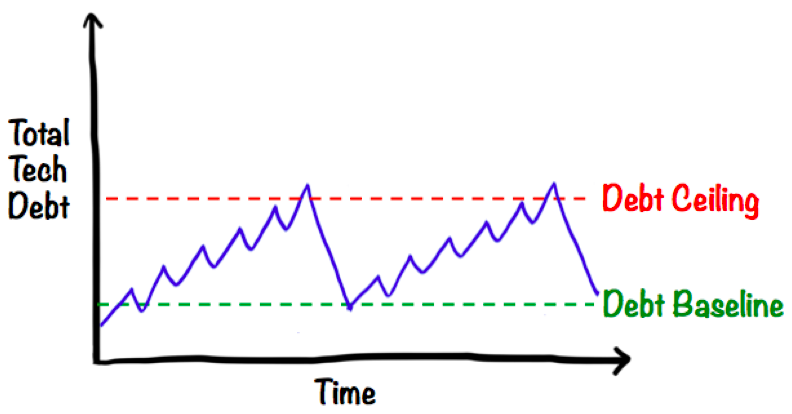
Technical Debt is usually referred to as something Bad. One of my other articles The Solution to Technical Debt certainly implies that, and most other articles and books on the topic are all about how to get rid of technical debt.
But is debt always bad? When can debt be good? How can we use technical debt as tool, and distinguish between Good and Bad debt?

